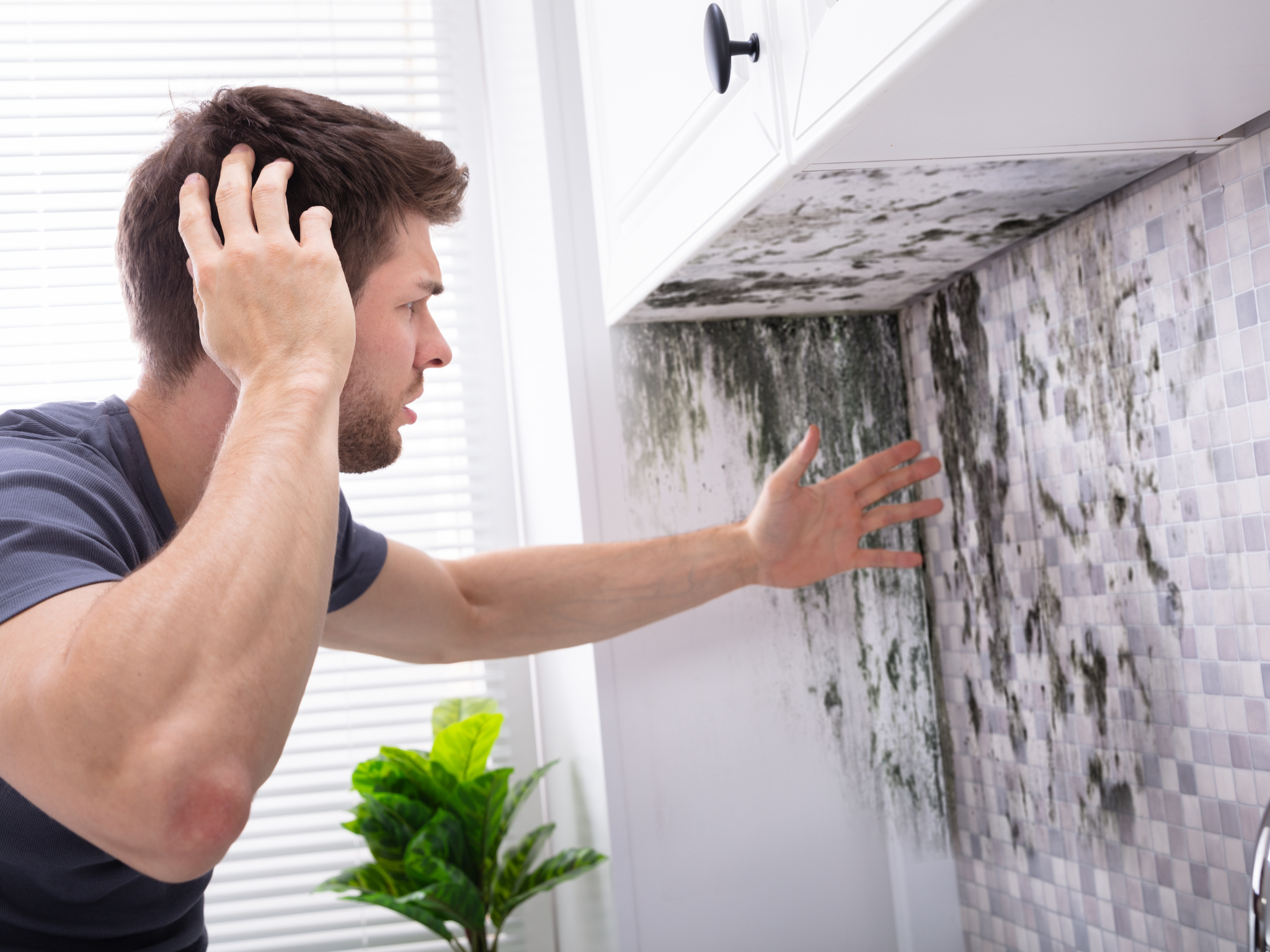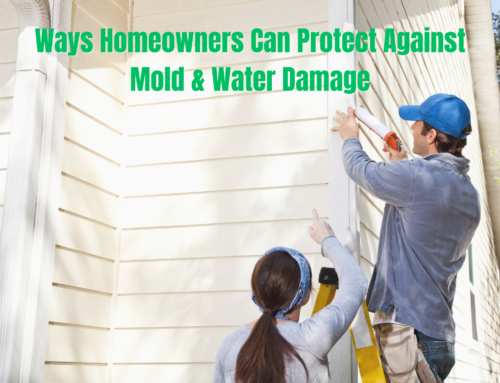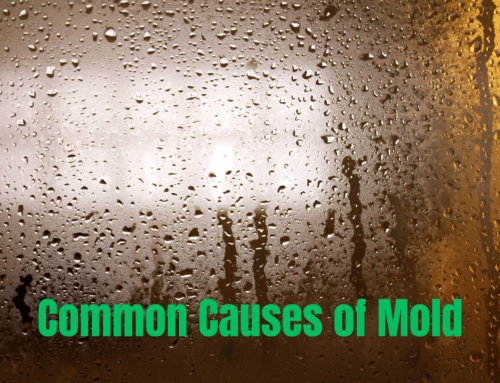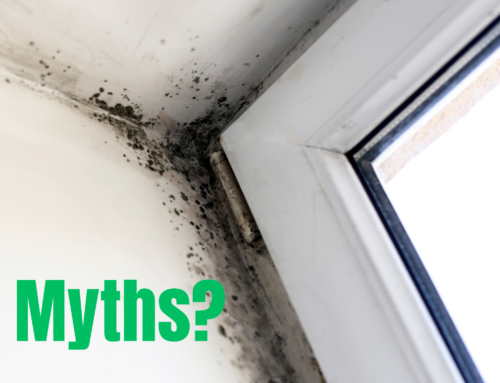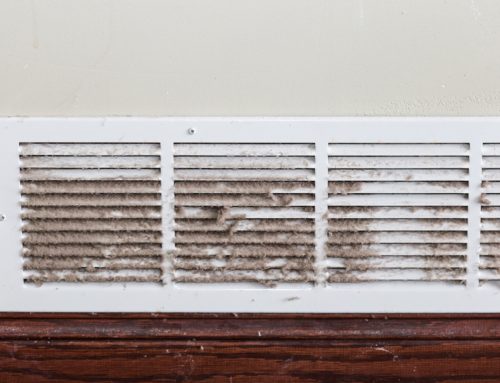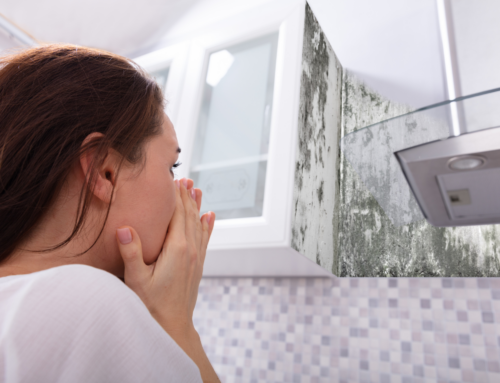Mold growth in homes is a common problem, particularly in Florida’s warm and humid climate. Mold can not only damage the structural integrity of a home, but it can also cause health problems for its occupants. Therefore, it’s important to address mold problems promptly and thoroughly. Here’s a guide to understanding the Florida mold restoration process.
- Identify the extent of the mold problem
The first step in mold restoration is to identify the extent of the problem. A professional mold inspector will conduct a thorough inspection of your home to locate any visible mold growth, water damage, or areas with a high risk of mold growth. They may also take air samples to determine the type and amount of mold spores present in the air. - Create a remediation plan
Once the extent of the mold problem has been identified, a remediation plan can be created. The plan will outline the steps that need to be taken to remove the mold and prevent it from returning. It will also include a timeline and cost estimate for the work. - Contain the affected area
To prevent the mold from spreading to other areas of the home, the affected area will be contained. This may involve the use of plastic sheeting or other materials to seal off the area. Negative air pressure may also be used to prevent mold spores from spreading. - Remove the mold
The mold removal process will vary depending on the extent of the mold growth. In some cases, mold can be removed by simply wiping it away with a damp cloth. In other cases, more extensive measures may be required. This may involve the use of specialized cleaning agents or the removal of contaminated materials, such as drywall or insulation. - Dry the affected area
Once the mold has been removed, the affected area will need to be dried thoroughly. This may involve the use of dehumidifiers, fans, or other equipment to ensure that the area is completely dry. It’s important to ensure that the area is dry before any repairs or reconstruction takes place. - Repair and reconstruct
After the mold has been removed and the area has been dried, any necessary repairs or reconstruction can take place. This may involve replacing damaged drywall, insulation, or flooring. - Prevent future mold growth
To prevent future mold growth, it’s important to identify and address any underlying issues that may have contributed to the mold problem. This may involve repairing leaky pipes, improving ventilation, or addressing other issues that can lead to moisture buildup.
In conclusion, Florida mold restoration is a complex process that requires the expertise of trained professionals. By understanding the steps involved in the mold restoration process, homeowners can be better prepared to address mold problems in their homes and ensure that their homes remain safe and healthy for their families.

